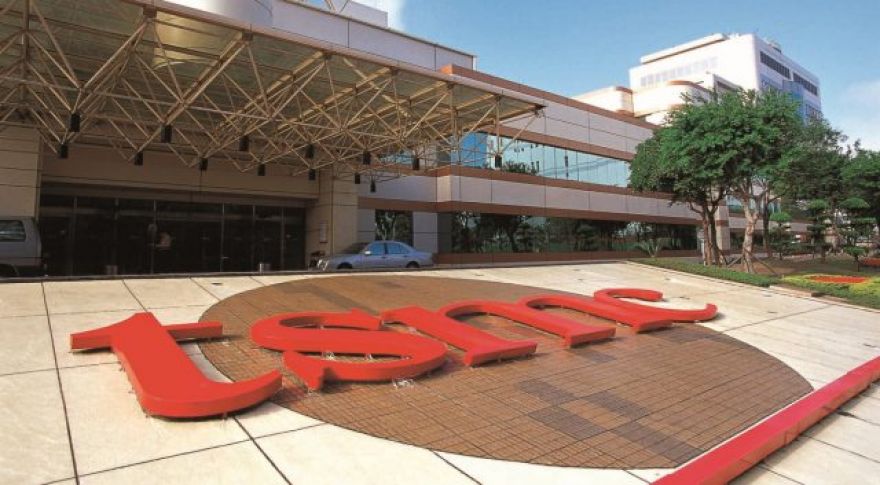
TSMC Mulls 3nm Foundry, Additional Investment at Future Arizona Fab
TSMC is said to be considering a 3nm foundry in Arizona, built at the same complex where the company’s 5nm fabs are to be constructed. Any shift to building 3nm technology in the United States would be a substantial upgrade from the previously planned investment.
In , TSMC announced plans to build a 5nm foundry in Arizona at a cost of $10-$12 billion, with the facility operational in 2024. Earlier this month, rumors surfaced that TSMC might significantly expand the facility. Now, we’re hearing that the Taiwanese foundry might deploy 3nm technology in lieu of 5nm.
Reuters that TSMC is considering an additional $23-$25 billion for the Arizona facility, and that the additional spending would be to outfit the foundry with 3nm instead of 5nm hardware.
A 3nm fab in 2024 probably won’t be leading-edge, either, but it might be just 1-2 nodes back. While GPUs used to serve as the early “pipecleaner” designs for new nodes, Apple and Qualcomm have filled that role for several years now. AMD moved to 7nm roughly 10 months after Apple. We don’t know when AMD will launch 5nm CPUs, but most roadmaps have suggested we won’t see volume on consumer chips until Q1-Q2 2022. Apple launched on 5nm in September 2020, implying a growing gap between when leading-edge nodes debut and when they see mainstream adoption in CPUs and GPUs.
TSMC 12-inch foundry. Photo by TSMC.
If mobile companies continue moving to new nodes more quickly than other types of silicon, TSMC will have good reason to invest in facilities to build chips near the leading edge.
According to Morris Chang, TSMC’s founder, chairperson, and CEO, building foundries in the United States isn’t a great idea anyway. “In the United States, the level of professional dedication is no match to that in Taiwan, at least for engineers,” Chang said in a recent public speech. Chang also warned that “short-term subsidy can’t make up for long-term operational disadvantage.”
TSMC reportedly has no interest in building a fab in Europe. European auto manufacturers and other tech companies would reportedly prefer the EU invest in the types of older facilities that build the types of processors they themselves use more often. Intel, , has expressed willingness to invest in an EU fab — provided that the subsidies are large enough to justify it.
The silicon shortages of the past eight months are now projected to last into 2022 or even 2023 in some cases. TSMC’s willingness to build a facility in the US is a major new development, as is the recent round of investments from other first and second-tier foundries.
TSMC, Samsung, and Intel are all pouring tens of billions of dollars into fab expansions that weren’t on the drawing board 12 months ago. Smaller foundries off the leading edge like GlobalFoundries and UMC have announced capacity expansions of their own. The entire industry is making long-term plans to support a higher level of yearly output after the pandemic, and TSMC is clearly making a politically strategic move by putting a fab in the United States.
Now Read: